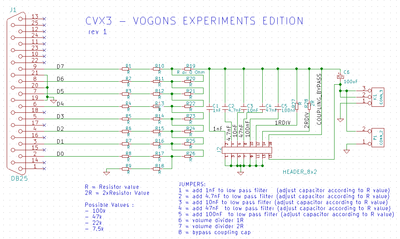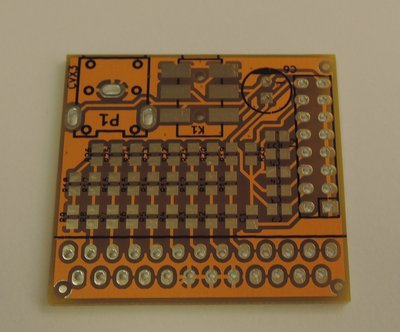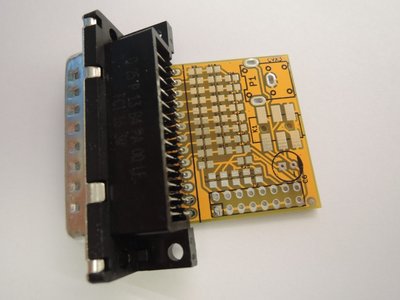Here's my recording of Crystal Dream from my 286 at 36 kHz mixing, with the CVX-1 with 100k resistors:
https://soundcloud.com/scali/cvx-1-crystal-dream-286-20-100k
I removed the resistor which was marked as 'R10' on the PCB. If I'm not mistaken, this is the last resistor before the output, and was the one that dreamblaster pointed out for removal.
It seems to have made the output somewhat louder (although you can still hear a bit of the low hum I mentioned), and perhaps also a bit brighter.
For comparison, here's the earlier CVX-2 recording on the same machine with the same settings, with 7.5k resistors:
https://soundcloud.com/scali/286-36khz
I have to say, the difference in sound quality is marginal. There may be a slight difference in brightness, but in terms of 'noisiness' and linearity of response, they seem to be very similar. The 100k resistors just make the output a lot softer, causing more problems with preamplification (both the hum, and you also hear more electrical noise from the PSU/HDD/etc coming through the output now).
One thing that particularly strikes me is how the fade-outs aren't really fading out. It seems the D/A conversion has a very non-linear dynamic range, so the low values are nearly as loud as the high values, causing things like quantization noise to be very apparent in softer areas. It sounds very compressed (a compressor in the analog audio sense that is).
Sadly it's difficult to judge against the real Covox, because MobyGamer's recordings were done on a much faster machine, and the fade-out seems to be dependent on CPU-speed. Still, I seem to pick up quite a bit of quantization noise at the end of the quick fadeouts in his recordings.


